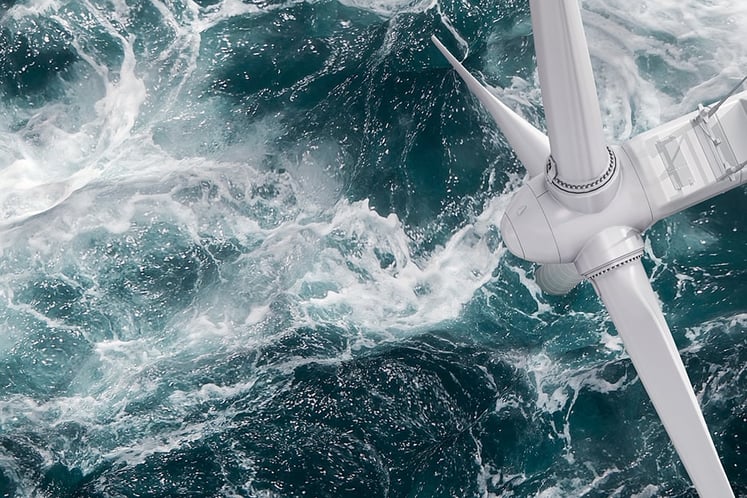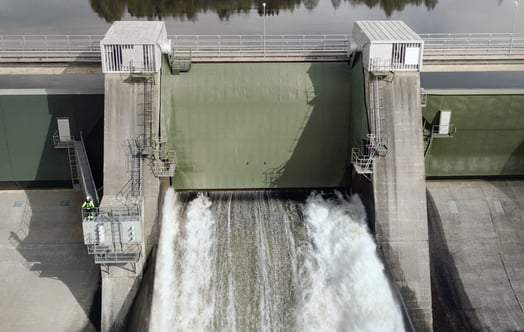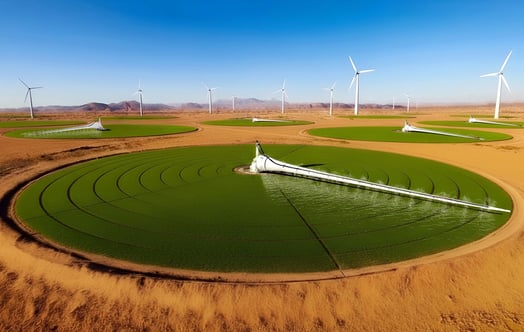
The power of rules – how legislation drives environmental innovation
Legislation is sometimes blamed for being a barrier to change, rigid rules that stand in the way of progress. Truth be told, it is often a driving factor behind innovation.
In the mid-1930s, large parts of the United States lacked mains electricity. While major cities sparkled with bright lights and other mod cons, vast areas of agricultural land between the fast-growing urban enclaves remained unelectrified.
The solution, championed by President Franklin D. Roosevelt, was the Rural Electrification Act of 1936 (REA), part of the New Deal, in which federal loans enabled the provision of mains electricity in areas where it had previously not been considered profitable.
REA is early and clear evidence of how developments in energy have often been driven by legislation and regulation – for big things, as in the case of REA, and small, for example when EU legislation prompted homes and businesses on an entire continent to switch to low-energy light bulbs in a short space of time.
A key role for legislation
With the world now in a period of wide-ranging transition, it is again legislation that plays a key role in driving progress. The US government and the EU are currently pushing for increased electrification. The White House recently launched its New Innovation Agency with the goal of electrifying households, businesses and transport. For its part, the European Commission is proposing a comprehensive and far-reaching update of the European electricity market, focused on an increase in renewable energy sources, reduced dependence on gas, and greater energy stability for customers.
Erland Mårald is a professor of the history of ideas at Umeå University in northern Sweden and heads the Peripheral Visions research project, which studies how global agendas for the green transition result in projects at the local level and the outcomes they create.
“Politics is often seen as something that happens ‘up there’ when goals, agendas and legislation are established at global, European or national level. These then have to be implemented through incentives, ‘nudging,’ planning, simplified permit processes and financial support.”
Mårald points out that politics are created throughout this often cumbersome and long process that must result in concrete measures.
“Not least when overarching goals are crystalised in definite plans in specific places. In the cacophony of conflicting views that often arises, there is potential for fresh thinking. It is also this adversarial context that politicians and institutions at various levels must consider to identify feasible pathways towards a sustainable transition,” Mårald says.
Many political goals start in global agreements such as the Paris Agreement or COP27 that are then applied to regional and local levels. One such example is that Norway, in collaboration with the US, recently set the goal of halving emissions from shipping.
California inspired China
The US state of California’s very deliberate and bold regulations on Zero Emission Vehicles (ZEV) are an example of this process in reverse, where local initiatives lead to changes at state and global level. California’s strict requirements on the car industry, tougher than those at federal level, have resulted in 15 other US states voluntarily choosing to adopt the same rules. China, which based a large proportion of its investment in ZEVs specifically on California’s stance on these vehicles since the early 90s, is now a world leader in the field. So successful has China become in the segment that the EU recently opened an investigation into the Chinese state’s support for electric cars, fearing it threatens the European industry’s ability to compete with cheap Chinese alternatives.
In these ways, large-scale global goals can go from being elusive to becoming clearer and more tangible.
“‘Sustainable development’ is a vague concept to begin with,” says Magnus Lindmark, professor of economic history. “And that’s probably entirely intentional. It emerged from the climate conferences of the 80s, so that rich and poor countries could draw up their roadmaps for action on the climate. The direction of travel has been to reduce vagueness around the concept over time, and if you look at the EU, and the US and China, this really has happened. Goals have become more concrete – which enables legislation and instruments of control to follow suit. Emission rights are an example of that,” Lindmark says.
He believes that historically there has always been a tension between technological development on the one hand, and legislation on the other.
“In one sense, the issue relates to adapting existing legislation to innovation – technological development has long been one of the most important drivers of legislative change. In another, particularly in terms of the climate situation, it ties into how politics should drive technological development. The aim should be to enable investment that was previously not possible and force actors to assess environmental costs that will occur in the future,” he says.
Rapid change is underway
In some areas, particularly in the energy sector, legislation has also been seen as a brake or barrier to innovation. But Mårald disagrees with this view.
“Sometimes, you might feel that the green transition is unnecessarily slow, but as a historian, I can see that extremely rapid change is underway in energy. Experiencing a setback can be an advantage because it forces you to take a fresh look at things. You have to reflect, include a range of opinions, conduct a thorough review. This can be perceived as sacrificing near-term benefit, but this makes progress more sustainable in the long term. The role of politics – and in a democracy, we are all involved in the creation of politics – is to explore all options. Because politics needs to be anchored in and connected to all levels: global, national, regional, municipal,” Mårald says.

Subscribe to the newsletter THE EDIT
THE EDIT is Vattenfall's new monthly newsletter. Each issue highlights a new burning issue from the world of sustainable energy and fossil freedom.



